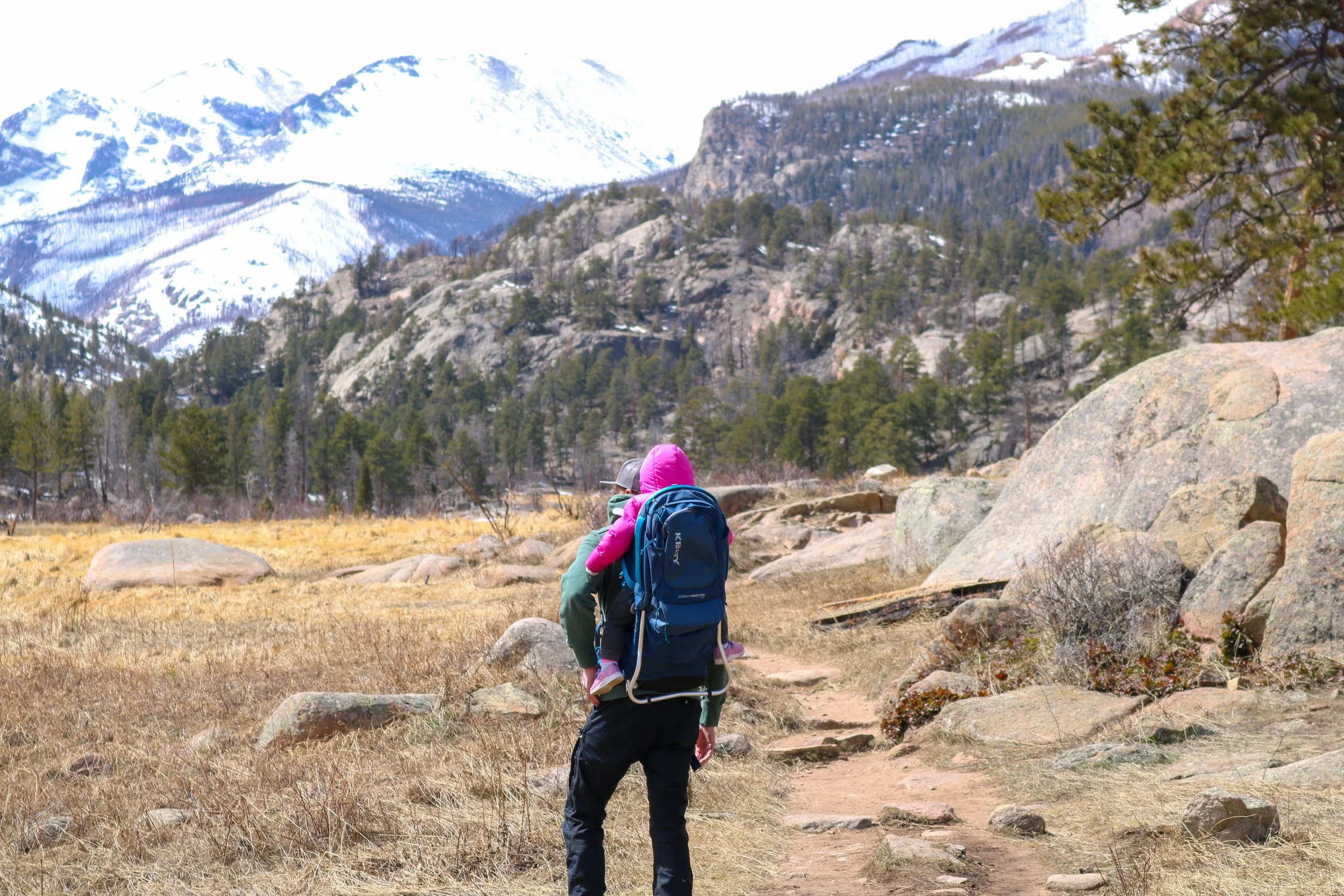We made it across the United States! What a journey it has been – it took us 24 total days, with three remote work weeks, to get here and put down our stakes in Oceanside, San Diego (where I’m currently writing this). I think most people, like us, have dreamed of making this voyage and now we can proudly say we’ve accomplished it. We fully realize that we are fortunate to have this opportunity, especially during times like these, and we are extremely grateful for that.
Reflecting back on this first month of living and working from an RV, I must say that it was more stressful than difficult. I think there is a direct relationship between these two however, as the stress produced a plan that made working easy. I was so worried about the trip having an impact on my job, that I left almost no chance for issues, or problems that couldn’t be solved. I’ve hinted at this plan over my previous posts, talking about how I’ve adjusted to this lifestyle, but this week I want to list them out specifically, so that others can benefit from what has made me successful. I recognize that there are other ways to approach this (and probably cheaper), but my goal was to ensure zero interruptions in my ability to work. I’ll link to all of the products I use at the end of this article.
So here goes…
Consult others: There isn’t much to say here besides the fact that I asked people who have done this before, how they did it and what they used to be successful.
Service and connection: This research was the most important thing that I did when Kailah and I were planning the trip. We would find an RV site we wanted to book, then use the address to enter into Verizon’s coverage map tool. If it was covered by at least 4G LTE (5G is a plus), we would then make the same check over on the Outly website for another resource. By doing this, we were able to make the determination of whether or not we could book that site, so that I would have adequate connectivity.
Cell booster: While I haven’t used it yet, I also took the liberty of purchasing and installing a cell booster from WeBoost. So far, this has been mostly used for peace of mind, as the aforementioned research hasn’t failed us (Remember my goal was to leave no opportunity for failure - this was just an added level of insurance).
My “office”: This was actually my first order of business because I needed to make sure I had a relatively low traffic, low volume area to take calls, focus, etc.. Since we own a class A motorhome, I purchased an 8’ curtain rod and floor-to-ceiling, triple ply curtains (manufactured by Moonbeam) to “seal” off the cockpit of the RV. While this isn’t a tremendous sound barrier, it provides less distractions and a barrier for a very curious three year old. Beyond that, we have a fold out desk that is built into the passenger side of the RV (with 110/120 volt outlets) that I use to support my 27” monitor, laptop, keyboard and mouse. The chair itself is meant to be very comfortable for long rides, so it works really well as an office chair. Is this whole setup “ergonomically” correct? Probably not, but at least I’m comfortable. In addition, I also purchased and brought a portable desk and portable chair (stored under our bed) for a secondary setup location in the back bedroom of the RV. This was probably unnecessary, but I wanted to give myself the flexibility, in case the cockpit office didn’t work out.
My technical gear: Beyond the laptop, keyboard and mouse provided by the company I work for, I also added some additional gear to make working easier. The 27” monitor I use is actually a standard desk monitor from HP , but I also have a Lepow portable monitor, so that I can work in other areas of the RV, if I want (links below). For calls, I use the Bose Q35 noise cancelling headphones. While a bit pricey, these things are incredible and I recommend everyone gets a pair (RV, airplane, home office - you name it). They reduce the extra noise around me for both me AND the listeners on the other end. The only downfall is that they easily pick up voices, which can be a negative when Selima yells from the back of the RV.
Usage calculations: While a quality connection is required, Verizon doesn’t just let you use unlimited data. Even though it says it does. After a certain threshold it throttles (or significantly slows down) your connection. This could be a major issue. So before leaving home I spent days and even weeks tracking how many GB I was using. I tested everything - heavy meeting days, meetings with a large number of participants, pulling large amounts of data - you name it. By doing this, I could order the number of hot spots and appropriate “unlimited” data usage plans from Verizon to fit my needs. (You can check your usage on a PC by typing “data usage” into the windows search bar.).
Backup funds: This one might get overlooked, but it shouldn’t be. We ensured that we had the money set aside to cover a house rental for any week where I didn’t have a quality connection. It essentially takes away any remaining risk I might have because I would have wifi at the rental. (We haven’t had to do this yet).
I hope this gives a glimpse into the planning and preparation that went into making this trip a success. I know from the outside it can sometimes look easy, or that I '“just lucked out”, but that is so far from the truth. We put in countless hours of effort and anxiety and it turned into a pretty damn good result.
Cheers,
Kyle
Office and technical gear links:
Moonbeam Noise Dampening Curtains
Connection Gear:
30 GB usage Verizon Jetpack MIFI 8800L
30 GB usage 5G MIFI M2100
30 GB usage utilizing my iPhone as a hotspot on the “Get More Unlimited” plan
Current usage trend: 4-5 GB / work day
















